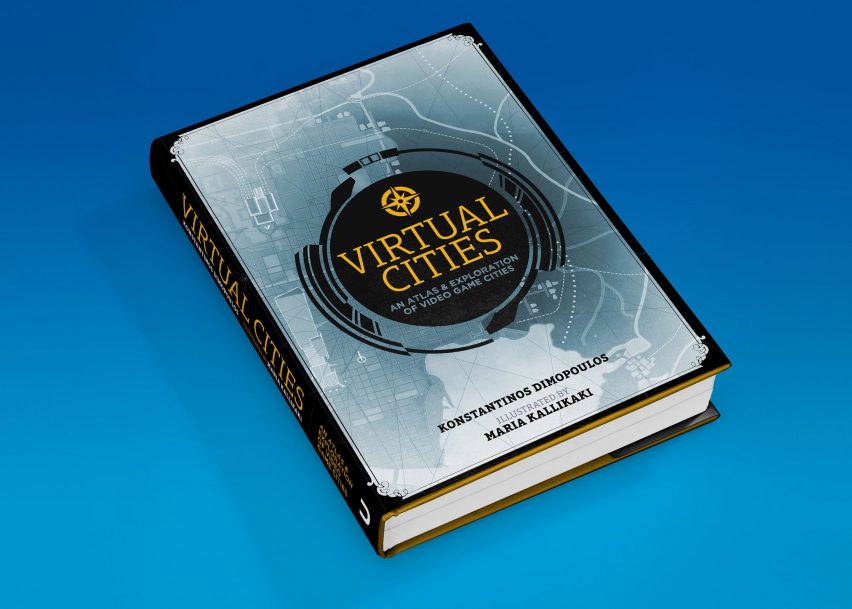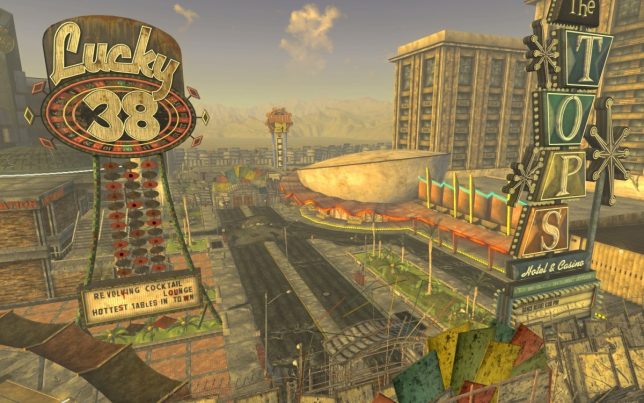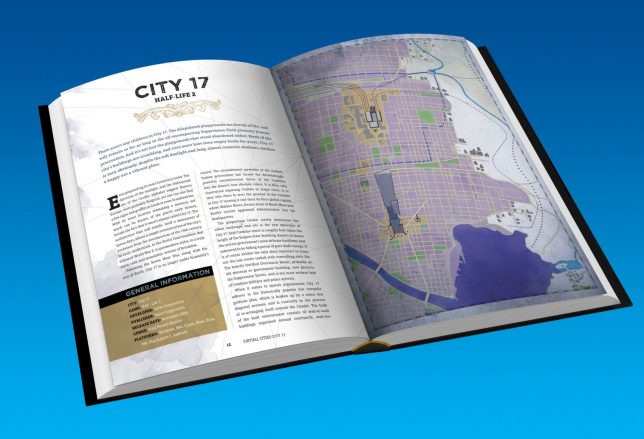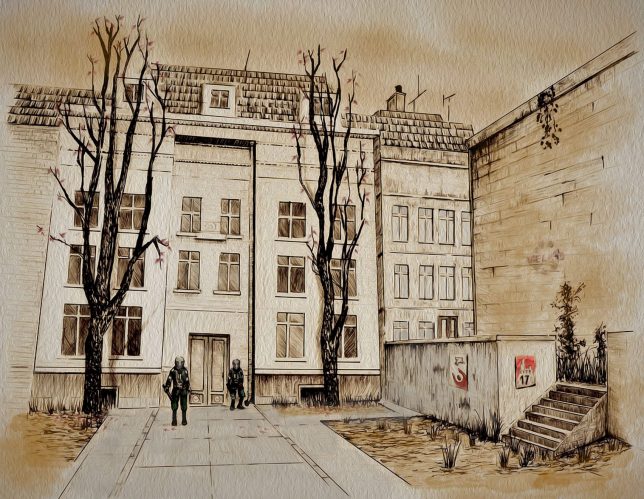Spanning 40 years of gameplay and 40 different games, this new volume dives into the design and history of dozens of virtual realities, acting as a travel guide to imaginative places that only exist in cyberspace.
Game developer and writer Konstantinos Dimopoulos’s upcoming book is called Virtual Cities: An Atlas & Exploration of Video Game Cities and features classic virtual environments from Fallout to Silent Hill, including some that overlap in uncanny ways with reality (like New Vegas). Maps and illustrations will accompany commentary from the author, who has a PhD in urban planning and geography and designs spaces for games, making him well-suited to explore the layouts of these places.
“Video games allow us to construct and visit believable imaginary cities, provide us with glimpses of ancient urbanism, and let us immerse ourselves in the wildest utopias and darkest dystopias of our possible futures. They are an unprecedented canvas for experimenting with the urban environment, and an utterly unique medium for experiencing cities both imagined and real in truly immersive ways.”
“I would describe game urbanism as a relatively new and truly intriguing area that allows for exciting research possibilities,” says the author. “Convincingly abstracting an actual urban setting into something both economical and believable can be very taxing.” But it has its rewards, too. “Tackling a truly exotic virtual city set in, say, outer space and inhabited by a variety of species, or attempting to imagine a fantasy town in an intricately crafted Tolkien-esque world can be immensely satisfying.”
The places have to be believable, following internally consistent rules that resonate with reality, while also being fantastical to experience. “A city can helps amplify a game’s atmosphere with its dark narrow streets and tall eerie buildings in a horror offering, provide with unique routes and good hiding spots in a stealth game, or even be used as a huge canvas for environmental storytelling.”
In a game with deserts, people will build places to shelter and get water, he recalls of one project. “The dev team went on and satisfied this almost mundane set of needs by having fresh water flowing over the roofs of the settlement in a network of connected, tiled pools and open canals that made sure all the digital denizens of the place lived in cooled buildings, and could easily access water,” Dimopoulos explains. In the end, each challenge is different, which is what keeps players coming back, too, when the cities within games are convincingly cool. The book, meanwhile, aims to unpack everything from the design process to user experience, and may hold lessons for real-life urban planners as well.



